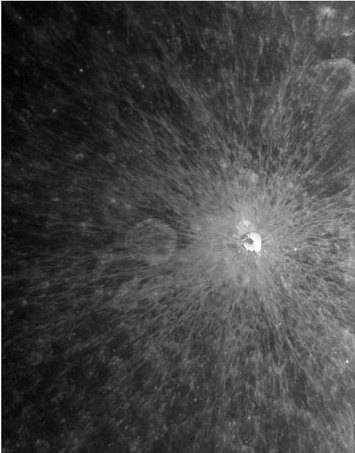China's first lunar probe prepares for eclipse
Updated: 2008-02-15 13:00
BEIJING -- China's space technicians are preparing for the first major challenge faced by lunar satellite Chang'e-1 when the Earth eclipses the sun and blocks the supply of solar energy on Feb. 21.
Scientists have had to redirect the orbit of the satellite, which has been operating for 100 days as of Friday, in order to shorten the time it is out of direct sunlight.
The satellite, which has completed 1,135 orbits of the moon, would have been hidden from the solar rays for three to four hours, causing a possible power shortage, said Zhu Mincai, director of the Beijing Aerospace Control Center (BACC).
|
|
The adjustment would shorten the time to two hours, ensuring enough solar power for the orbiter, said Zhu.
The eclipse will coincide with this year's traditional Chinese Lantern Festival when the moon will be wholly shadowed by the Earth.
The satellite would perform a second orbital adjustment during another eclipse in August, Liu said.
The 2,350-kilogram satellite carrying eight surveying facilities aims to make a three-dimensional survey of the moon's surface. It will also analyze the abundance and distribution of elements on the lunar surface, investigate the characteristics of the powdery soil layer on the surface, and explore the environment between the Earth and the moon.
The is the first step in China's three-stage moon mission, which will lead to a landing and launch of a rover vehicle around 2012. In the third phase, another rover will land and return to the Earth with lunar soil and stone samples for scientific research around 2017.
|
|
|
||
|
||
|
|
|
|




